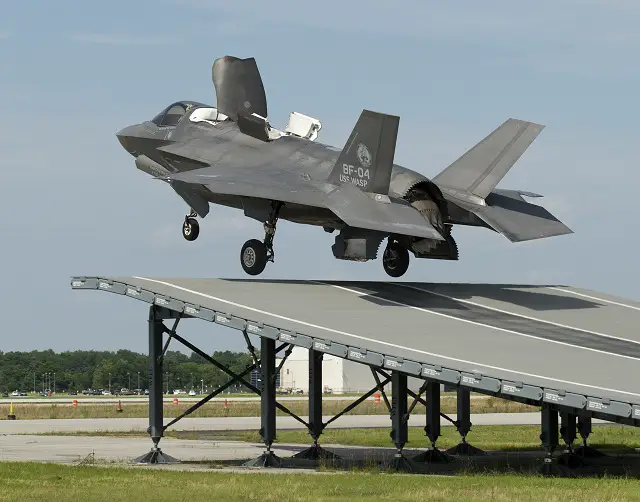Breaking news
British Company WFEL Built The Land Based Ski Jump Used For F-35B Lightning II Aircraft Tests.
| 2015
| “The
F-35 is one of the most advanced military aircraft ever made and we are
proud to support one of our largest customers in achieving aviation history.” Peter Wilson, the test pilot and ski jump project lead, added: "As expected, aircraft BF-04 performed well and I can't wait until we're conducting F-35 ski jumps from the deck of the Queen Elizabeth carrier. Until then, the de-risking that we're able to achieve now during phase I of our ski jump testing will equip us with valuable data we'll use to fuel our phase II efforts." The F-35 Lightning II is a single-seat, single-engine, strike fighter that incorporates low-observable (stealth) technologies, defensive avionics, advanced sensor fusion, internal and external weapons, and an advanced prognostic maintenance capability to deliver optimum international security via integrated coalition operations. Partner nations include the UK, Italy, the Netherlands, Turkey, Canada, Australia, Denmark and Norway, as well as three Foreign Military Sales (FMS) countries: Japan, Israel and South Korea. |
|||



























